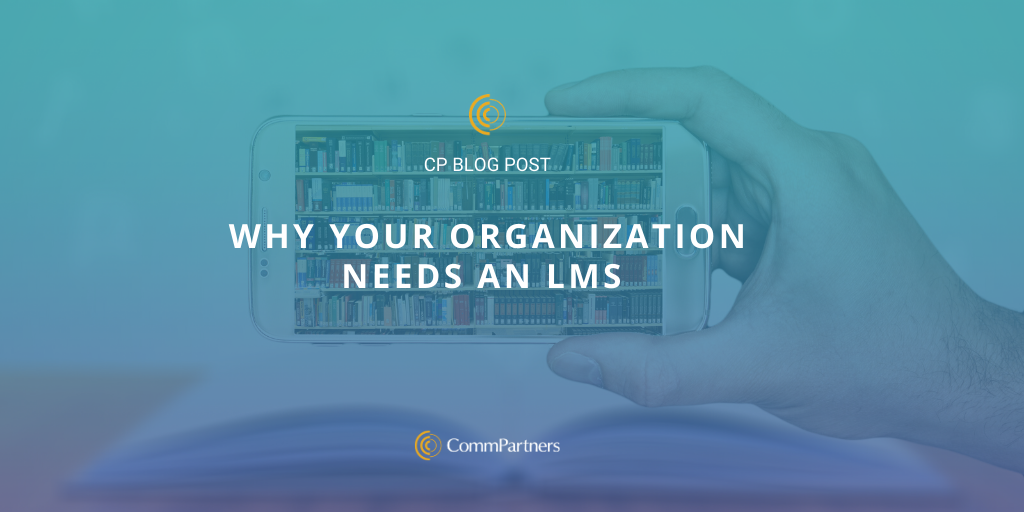
The Lottery Effect
This is a guest post written by Mallory Gott MA, CAE, founder + creative director of G+A | An Experiential Design Firm. Mallory has traveled the globe designing amazing experiences for people from all walks of life and across a breadth of industries and specialties. From product and brand repositioning to customer acquisition to organizational cultural restructuring, she helps for-and non-profit clients apply G+A’s proprietary design thinking framework to discover solutions to their seemingly unsolvable problems.
What would you do if you won the lottery?
The Lottery Effect
Really, think about it. What would you do if you learned that you had just won the jackpot, that you were a newly minted multimillionaire? Most of us could rattle off a series of replies as if we’d been rehearsing them in the mirror each morning for decades. “Quit my job, travel the world, hire a private chef.” The list could go on ad infinitum.
Now, consider how doing those things would make you feel. Quitting your job? Most likely, that would evoke feelings of freedom and/or cheerfulness. Traveling the world? Adventurousness, excitement, or giddiness. Hiring a private chef? Calm and relaxation.
Yes, each of the things we’d dream of doing were we to win the lottery, we dream of doing because we believe they produce for us highly desirable feelings: freedom, excitement, relaxation, etc. This idea, that solving an unsolvable problem, i.e., winning the lottery, produces specific outcomes, i.e., hiring a private chef, which enables us to experience desired feelings (relaxation) is what we call The Lottery Effect. Interestingly, The Lottery Effect is not just restricted to fantasizing about the mega millions.
As event creators, we often fall prey to The Lottery Effect. We set ourselves up for disappointment believing the false paradigm that only in solving an unsolvable problem can produce specific outcomes, which in turn evoke the “right” feelings both for attendees and ourselves.
Without realizing it and even with the best intentions at heart, we design one directionally: solve first, feel next, operating at a disadvantage from the jump.
Case in point, we ask ourselves questions like, “How can I create a virtual event that meets attendees’ needs and successfully replaces a place-based conference?” Upon closer inspection, however, this seemingly innocuous question falls squarely into Lottery Effect territory, sounding, to our unconscious minds, something like this:
“Once we can convince attendees that we’ve created a virtual event that will meet their needs and they believe will adequately replace our annual conference, we will achieve our registration goals, better satisfaction scores, and an improved bottom line, which will make us feel more secure, confident, and satisfied.”
Notice any similarities?
| Winning the Lottery | Virtual Event | |
|---|---|---|
| Unsolvable Problem | Once I win the lottery | Once I convince attendees that we’ve created a virtual event that will meet their needs and that they believe adequately replaces our annual conference |
| Outcomes | Quit my job Travel the World Hire a Private Chef | Ample registration High attendee satisfaction Increased revenue |
| Resultant Feelings | Freedom Adventure Relaxation | Confidence Security Satisfaction |
The Lottery Effect: A W(ere)wolf in Sheep’s Clothing
Although the unsolvable problem questions that comprise the first portion of our Lottery Effect statements almost always seem important and worthwhile, they are actually wolves in sheep’s clothing, or, more accurately, werewolves in sheep’s clothing. In reality, these seemingly crucial questions create an even more demanding series of implied requirements for success setting us on an extremely narrow path to victory.
When we begin with questions that so narrowly define success, we are forced to identify elusive answers to those questions, silver bullets if you will, as the only means by which we can generate outcomes that will enable us to experience desired feelings. Suddenly, the search for silver bullets, rather than the design of experiences that evoke universally recognizable feelings, drives everything we do.
In the case of winning the lottery, the question “How do I win the lottery,” and the even more demanding requirements it implies (in order to win the lottery, I must identify the correct sequence of numbers from an enormous array of choices, pick the correct date on which to buy a ticket, and so on) may seem laughable, but when viewed through the lens of virtual event design, they are much more sobering for teams who hadn’t realized the sizeable, self-imposed roadblocks they are navigating.
From the well-meaning question, “How do we convince attendees that we’ve created a virtual event that will meet their needs and they believe adequately replaces our annual conference,” springs forth a slew of nearly insurmountable, implied obstacles. The question transforms into this unspoken statement:
“In order to convince attendees that we’ve created a virtual event that will meet their needs and they believe adequately replaces our annual conference, we must:
- Accurately identify and prioritize the needs of a wide variety of individuals;
- Convince that same diverse group that we hold the monopoly on the definition of their needs and can simultaneously fulfill them via a single event;
- Define “adequate replacement” for a divergent body of stakeholders and garner their universal acceptance of that definition; and
- Achieve attendance, revenue, and satisfaction goals.”
Many groups never recognize how heavily implied, absolute truths such as these influence their evaluation and prioritization of the design of the million tiny touchpoints that create a virtual event experience. They unknowingly dilute the potency of a feelings-led design approach, crippling their ability to create experiences which resonate with people on a much deeper level of emotions.
“We’ve just got to get through this,” becomes a common refrain and rallying cry once the Lottery Effect has created its false binary, which tauntingly jeers, “discover the solution to your unsolvable problem by navigating a difficult obstacle course of implied demands in the hopes that people will connect with what you create…or fail.”
The Lottery Effect: You’re Already a Winner
Fortunately, the Lottery Effect problem is far from unsolvable. In fact, it only requires a paradigm inversion. In place of a “solve first, feel next” approach, G+A’s 4D experiential design thinking framework employs our unique “feel first, solve next” approach. What do feelings have to do with virtual event design? The same thing they have to do with good design of any kind: universality.
When we begin with feelings first, the difficulty, struggle, confusion, and other commonly accepted ‘realities’ inherent to virtual event design fall away. Why? Because feelings are universally understood on a level that needs no definition for attendees or producers, effectively creating immediate success and rendering decision-making and evaluation effortless.
Returning one last time to the quandary, “How do we convince attendees that we’ve created a virtual event that will meet their needs and they believe adequately replaces our annual conference,” we can see how a feelings-led approach truly shines.
- In place of trying to convince attendees, we can ask ourselves:
- Are we confident in the program we’ve produced?
- Are we confident in our messaging about the program, both tone and content?
- Are we confident in the level of innovation our program includes?
- Instead of grappling with how best to meet attendees’ needs, we can ask ourselves:
- Are we secure in our approach to assessing those needs?
- Are we secure in our efforts to address them?
- Are we secure in our communication about what we’ve done and why?
- In lieu of hoping to create an adequate replacement for an annual conference, we can ask ourselves:
- Are we satisfied that we have designed a high-quality virtual event experience that can stand on its own two feet?
- Are we satisfied with the experience we created for ourselves as a team while we planned and produced the event?
- Are we satisfied that we’ve done the best we could, no matter the monetary outcome?
If and when we respond to a feelings-led question in the negative, we need only ask simple follow-ups to regain our footing and move forward confidently: How can we evoke desired feelings as we design this touchpoint? How can we once again feel first and solve next?
To learn more about the power of a feelings-led approach to virtual event design, and for an overview of G+A’s 4-step experiential design thinking framework, join Mallory for CommPartners’ next webinar Virtual Event Design Gotcha Flummoxed? Stop Thinking, Start Feeling, Design Differently on 11/18 at 1 p.m. EDT.
Click here to receive experimental design updates and upcoming learning opportunities from G+A and CommPartners.



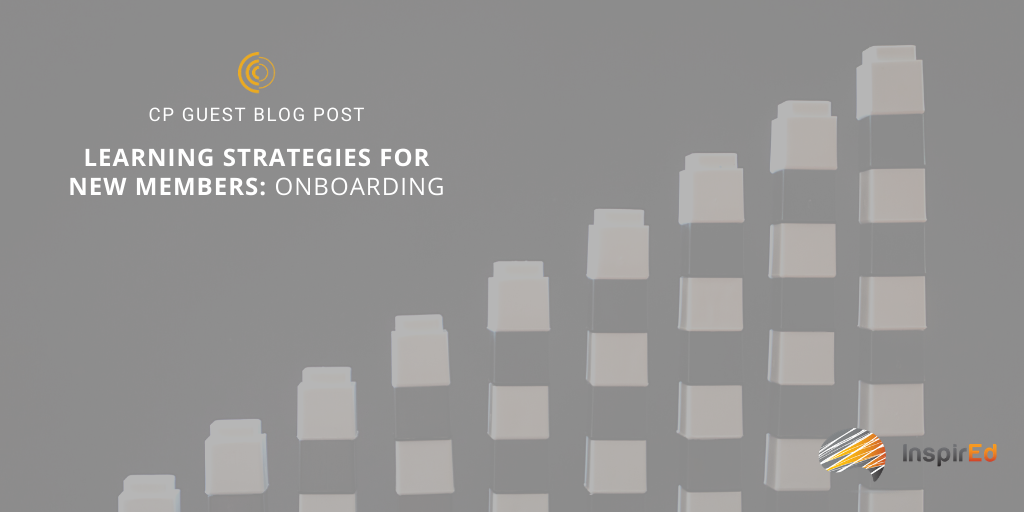
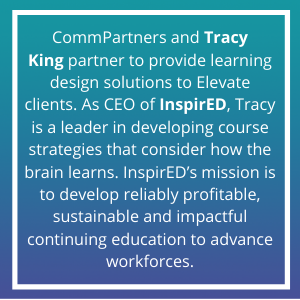
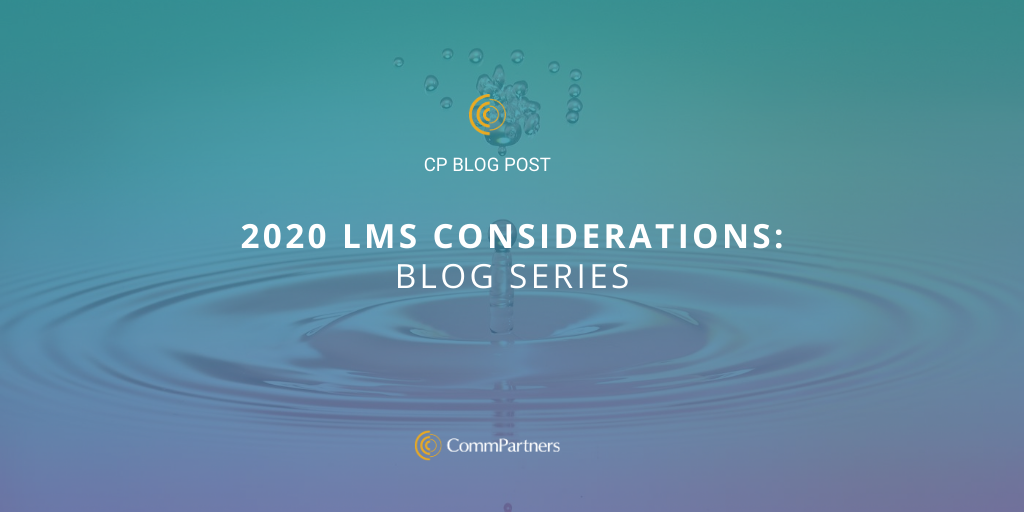
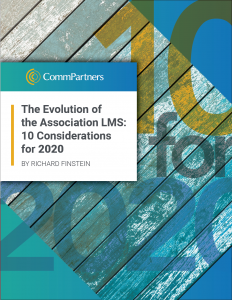 We are now more than half-way through 2020, and this has been a year of adaptation and finding new ways to engage learners. At the start of this year, our CEO, Rich Finstein, published
We are now more than half-way through 2020, and this has been a year of adaptation and finding new ways to engage learners. At the start of this year, our CEO, Rich Finstein, published 